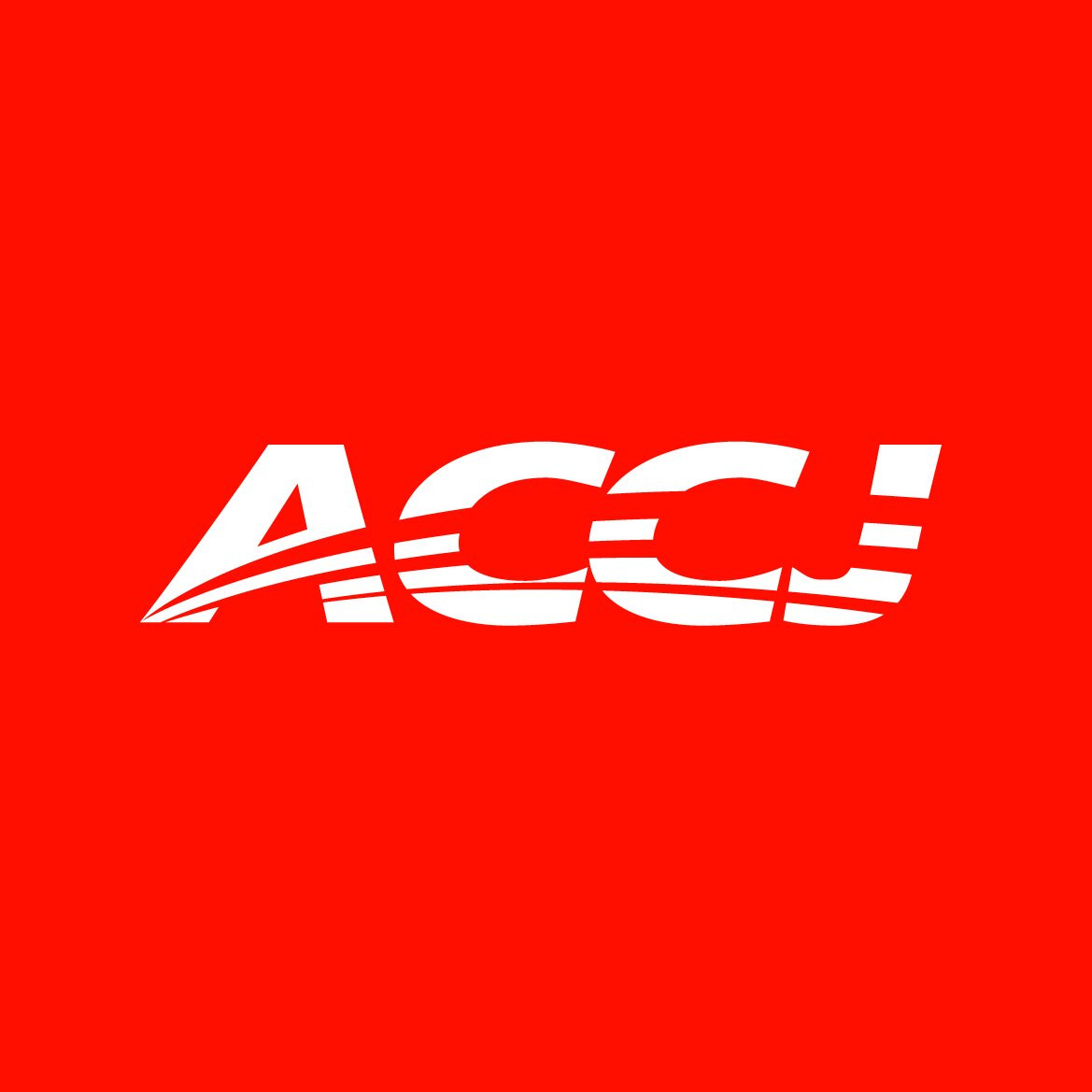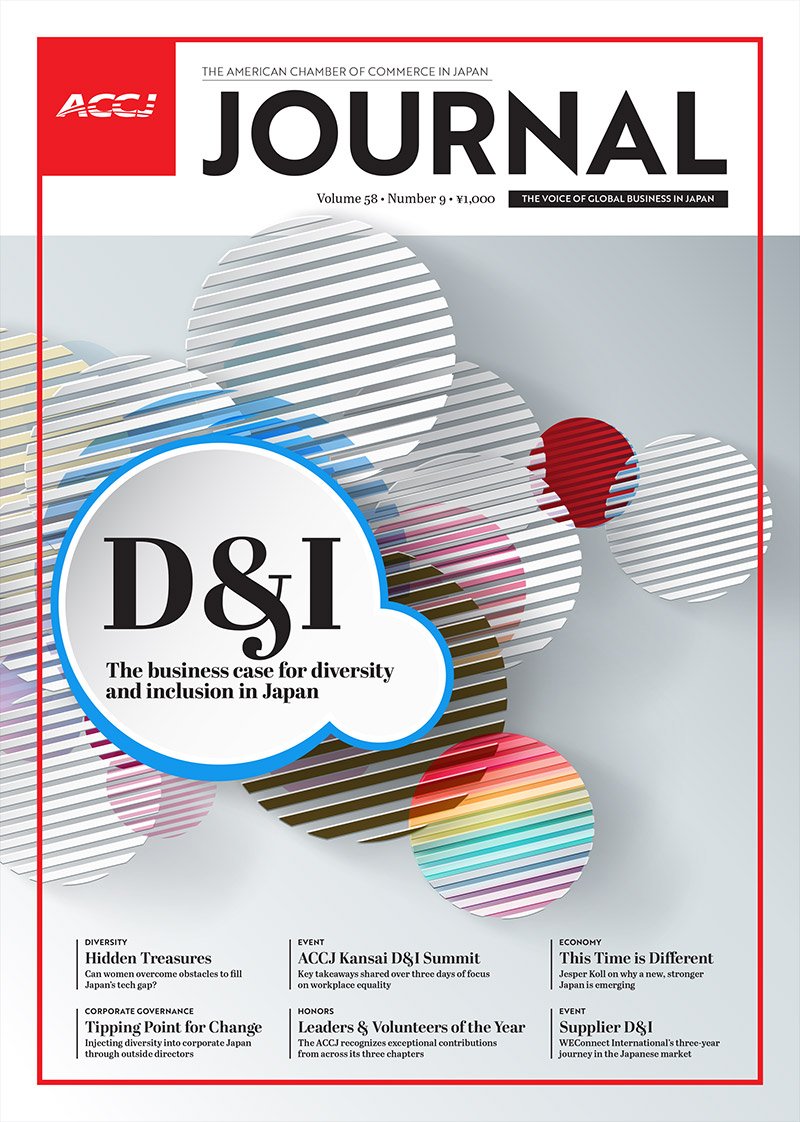Added Disclosures
Proposed reporting rules eye supplier finance arrangements
By Harold Young
The journal entries used to record the transactions of a typical trading company seem basic and are usually taught in introductory accounting classes. But while simple, when coupled with financial management concepts such as reverse factoring, supply chain finance, or supplier finance arrangement, these entries may require additional disclosures for financial reporting purposes. In November, the International Accounting Standards Board (IASB) proposed additional disclosure requirements to enhance the transparency of supplier finance arrangements.
The Transaction
A trading company generally purchases on account from its suppliers, and is invoiced after the receipt of goods. This poses no issues if the company is in good financial condition, but it can be a challenge if the company has liquidity concerns. When a company cannot pay the invoiced amount, as a rule the supplier will decline further transactions with the company or will impose stringent credit measures. This may disrupt the company’s supply chain. To avoid this and secure the supply chain, the company may enter into a supplier finance arrangement with a financial institution.
Under such an arrangement, the financial institution pays the supplier at a discounted rate and the company later reimburses the financial institution. This may sound like factoring, but it differs in that factoring is normally initiated by the supplier, who sells its accounts receivable. Here, reverse factoring is initiated by the buyer obtaining a loan to defray payables.
A supplier finance arrangement is beneficial for both supplier and buyer. The former is assured of payment and can collect the amount due earlier than the due date of the invoice, while the buyer benefits from an extended due date.
Accounting Concerns
But there are things to consider. On the supplier’s side, such an arrangement is like selling accounts receivable to a financial institution, only it is buyer initiated. In other words, like a factoring of receivables, this can be viewed as off-balance-sheet financing that allows a company to increase its cash without reporting a corresponding increase in liability or equity.
On the buyer’s side, a supplier finance arrangement adds another layer to the purchase-to-pay cycle. Instead of the usual buy and pay, it becomes buy, loan, and pay. The issue here is whether accounts payable must be converted into loans payable and disclosed in financial statements.
International Financial Reporting Standards 7 Financial Instruments: Disclosures (IFRS 7) requires an entity to disclose information that enables users of its financial statements to evaluate the nature and extent of risks arising from financial instruments to which the entity is exposed at the end of the reporting period.
International Accounting Standards 1 Presentation of Financial Statements (IAS 1) requires companies to distinguish financing from working capital purposes.
A company that is protecting its current ratio would like the payable, arising from the supplier finance arrangement, to be classified as loans payable instead of trades payable. This is because loans payable can be reported as non-current when they are to be settled more than 12 months after the reporting period. This cannot be done for trades payable, which are always reported as current liabilities even if they are due to be settled more than 12 months after the reporting period. Thus, a disclosure requirement for supplier finance arrangements is necessary to understand the transaction and standardize the financial reporting requirements.
As IASB Chair Andreas Barckow explained: “Investors require more detailed disclosures about companies’ supply chain finance arrangements, as these funding practices are becoming increasingly common. The proposed requirements are designed to give investors the information they need to assess the effects of such finance arrangements on a company’s liabilities and cash flows.”
Proposed Solution
The IASB plans to amend IFRS 7 and IAS 7 Statement of Cash Flows, to require buyer companies to disclose information that enables investors to assess the effects of a company’s supplier finance arrangements on its liabilities and cash flows.
The proposed rule requires an entity to disclose, at the beginning and end of the reporting period, the line items in the statement of financial position in which the entity presents financial liabilities that are part of a supplier finance arrangement.
The proposed financial reporting requirements for supplier finance arrangements are still on the IASB’s exposure draft and are open for comment until March 28, 2022.
Presented in partnership with
Harold Young is a secondee to and manager at the Tokyo office of Grant Thornton Japan. He previously worked at Punongbayan & Araullo GT in the Philippines, where he was involved in financial statements audits for the real estate, manufacturing, and business process outsourcing industries.
For more information, please contact Grant Thornton Japan at info@jp.gt.com.
THE ACCJ JOURNAL
Vol. 58 Issue 9
A flagship publication of The American Chamber of Commerce in Japan (ACCJ), The ACCJ Journal is a business magazine with a 58-year history.
Christopher Bryan Jones,
Publisher and editor-in-chief
Advertising & Content Partnerships




